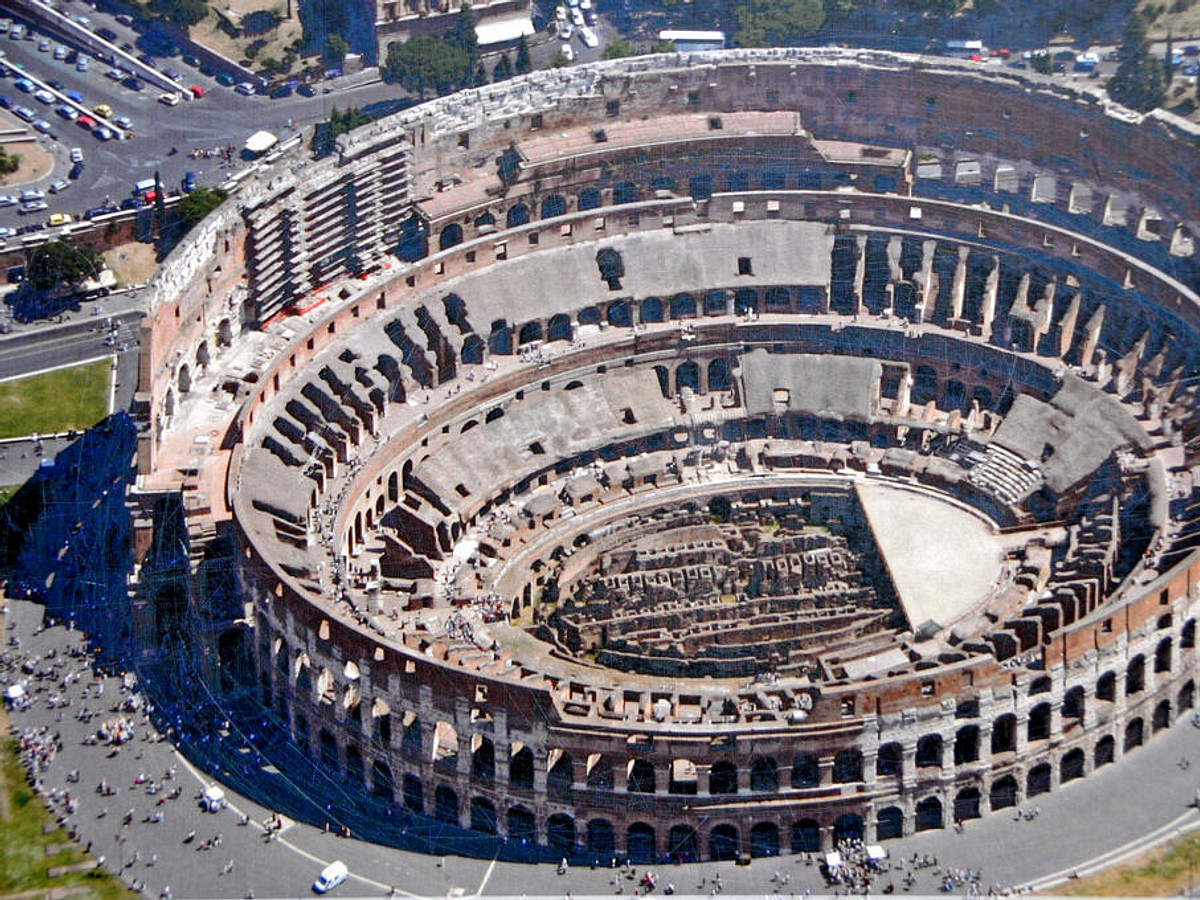Visit the Magnificent Jantar Mantar in Jaipur

Jaipur, the vibrant capital of Rajasthan, India, is famous for its rich cultural heritage and architectural marvels. Among its many attractions, Jantar Mantar stands testimony to the ingenuity and astronomical prowess of the ancient Indian civilization. Built in the early 18th century by Maharaja Sawai Jai Singh II, this astronomical observatory is one of the most fascinating and scientifically advanced structures of its time. Let’s explore the historical significance, architectural brilliance, and cultural importance of Jantar Mantar in Jaipur.
Historical Background
Jantar Mantar in Jaipur is one of five such astronomical observatories built by Maharaja Sawai Jai Singh II, the ruler of Jaipur and a keen astronomer himself. Built between 1727 and 1734, Jantar Mantar was part of Jai Singh II’s broader vision to build a chain of observatories across North India, each equipped with precision instruments to study celestial phenomena. The inspiration behind these observatories was not only scientific, but also deeply rooted in the astrological and religious beliefs prevalent during that era. Maharaja Jai Singh II, a patron of arts and sciences, invited scholars and astronomers from across the region to assist in the design and construction of these observatories.
Architectural Wonders
What makes the Jantar Mantar in Jaipur truly remarkable is its sophisticated instruments, which were designed to measure time, predict eclipses, track the paths of stars, and observe the positions of celestial bodies with remarkable accuracy. The observatory houses several major instruments, each of which serves a specific astronomical purpose.
1. **Samrat Yantra (Supreme Instrument)**: This massive sundial is the largest of its kind in the world, with a height of 27 meters. It can accurately measure time to within two seconds using the shadow cast by the sun.

2. **Jai Prakash Yantra (Light of Victory)**: Used to determine the position of celestial bodies during the day, this instrument consists of concave semicircular bowls with markings on them indicating the position of stars and planets.
3. **Ram Yantra**: A huge cylindrical structure with an open top and a central pillar, used to measure the altitude and azimuth of celestial bodies.
4. **Dhruv Darshak Patti**: An instrument designed to locate the position of the Pole Star, important for navigation and time calculation.

Cultural significance
Beyond its scientific significance, the Jantar Mantar in Jaipur holds immense cultural and historical significance. It reflects the era's fascination with astronomy and mathematics and underlines India's contribution to the field of science during that period. The observatory is also a testament to the architectural brilliance of the Rajputana dynasty, showcasing their ability to combine scientific precision with artistic grandeur. Made primarily of marble and stone, these instruments are not only functional but also aesthetically appealing with intricate carvings and geometric designs on their surfaces.
Visitor Experience
Today, Jantar Mantar in Jaipur still attracts visitors from all over the world. Tourists, historians, and astronomers marvel at the ingenuity of its design and the accuracy of its measurements. The site has been recognized as a UNESCO World Heritage Site, further cementing its significance as a cultural and scientific site. Visitors to Jantar Mantar can explore each instrument with the help of knowledgeable guides who explain their functioning and historical context. The observatory also regularly hosts demonstrations, showing how these ancient instruments were used to make calculations and predictions.
Conservation Efforts
Preserving Jantar Mantar and its delicate instruments is an ongoing challenge. Periodic restoration and maintenance efforts are required due to the elements of weather and the passage of time. Conservation experts and historians work diligently to ensure that these invaluable artifacts continue to inspire and educate future generations.
Conclusion
In conclusion, Jantar Mantar in Jaipur is a timeless testament to India's rich scientific heritage and architectural prowess. It remains a symbol of the country's enduring curiosity about the universe and its commitment to advancing knowledge through observation and computation. As one of the finest examples of medieval Indian astronomy, Jantar Mantar continues to inspire awe and admiration, inviting visitors to appreciate the intersection of art, science, and culture in this magnificent historical site. Visiting Jantar Mantar in Jaipur is not only a journey through time but also an opportunity to witness the wonders of human ingenuity and the universe that our ancestors understood centuries ago.








